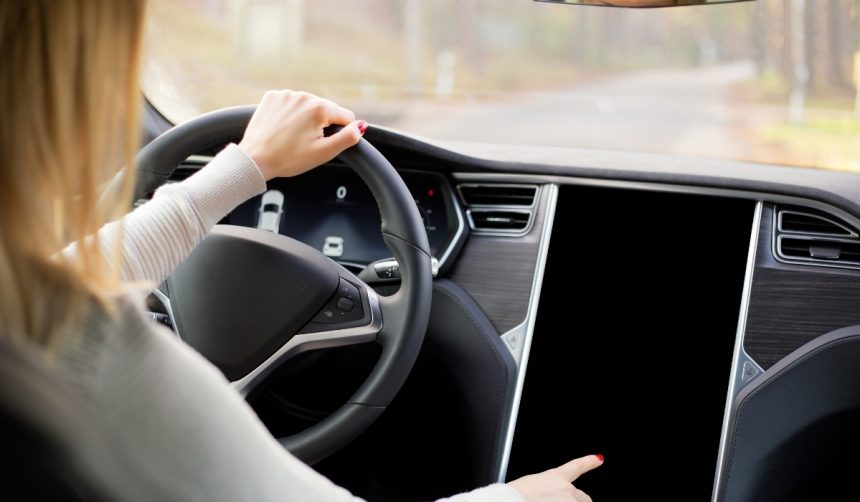Passengers in Austin, Texas recently experienced Tesla’s driverless Robotaxi platform as the company initiated its first official roll-out of autonomous ride-hailing. Local users participated in these initial test rides, generating significant public attention and lively discussion on future transportation models. The Robotaxi app, making its debut alongside the launch, allows riders to not only summon vehicles but also adjust in-cabin climate and entertainment settings before pick-up, offering a more tailored travel experience than standard ride-hailing apps. This event marks a substantial step for Tesla as it moves beyond conceptual proposals into direct public use, with safety monitors present in each vehicle to observe operations. Early adoption by consumers signals a turning point in public engagement with autonomous vehicles.
Reports from earlier this year speculated on Tesla’s readiness for a driverless service, often referencing regulatory and technological hurdles. Speculation in tech and automotive circles questioned the company’s timeline and the feasibility of launching in 2024. Past beta testing faced challenges, and skepticism around public road safety and the full self-driving (FSD) technology prevailed in previous industry discussions. Now, the actual launch with consumer rides in Austin marks a shift from theoretical debates to hands-on user feedback, diverging from some earlier criticism focused on delays and technical setbacks. The operational launch is now drawing reviews based on firsthand experience rather than projections or internal demonstrations.
How Does Tesla’s Robotaxi Platform Operate?
Tesla’s Robotaxi utilizes an updated version of its Full Self-Driving suite, which relies solely on visual data through advanced AI and cameras, eliminating radar hardware. The vehicles are dispatched and controlled through the newly released Tesla Robotaxi app. Riders can not only book rides but also prepare the in-car environment ahead of arrival, streamlining user interaction and comfort. Throughout the ride, a safety monitor is seated in the passenger seat, providing oversight, yet with no direct control over the vehicle, emphasizing the system’s autonomous capability.
What Are Users Saying About the Driverless Experience?
Initial reviews from Austin users have described the rides as smooth and efficient, with repeated mentions of prompt vehicle arrival and comfort inside the car. Riders highlighted the Robotaxi’s navigation through complex urban environments, efficiently avoiding obstacles and maintaining safety for pedestrians and cyclists. The absence of any significant malfunctions during hundreds of rides has contributed to generally positive feedback.
“The ride felt seamless and safe, which surprised me given it was all automated,”
commented an early passenger, capturing the tone of many customer responses following the launch.
How Has Tesla Addressed Safety and Public Concerns?
To address community and regulatory concerns, Tesla positioned a specially trained safety monitor in the front passenger seat for each test ride. These staff members observe and report on the system’s performance but do not interact with the driving controls, ensuring the ride is genuinely driverless while maintaining an additional layer of oversight. This measure helped alleviate anxieties previously voiced about unsupervised autonomous vehicles. Tesla’s response to public scrutiny includes transparent opportunity for direct consumer evaluation, reflected in the breadth and openness of early ride reviews.
Tesla’s entry into public driverless ride-hailing comes after years of skepticism and scrutiny over the Full Self-Driving feature’s development pace and reliability. Broader industry players, including Waymo and Cruise, have also launched autonomous taxi services, but Tesla’s approach—leveraging a vision-only system and rolling out in new markets—differentiates its position. The public pilot in Austin demonstrates not only technological capability but also operational readiness, countering earlier doubts cast by both analysts and the media. For users interested in advanced mobility solutions, Tesla’s Robotaxi launch signals a new era for evaluating autonomous vehicle performance and user adoption. While further regulatory and technological shifts will shape wider rollout, firsthand feedback and real-world testing will likely steer development strategies for autonomous ride-hailing companies in the near term.










